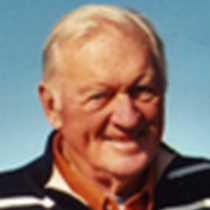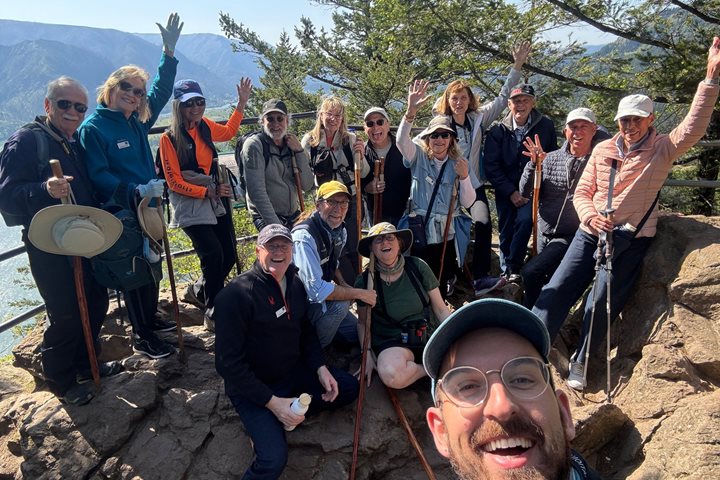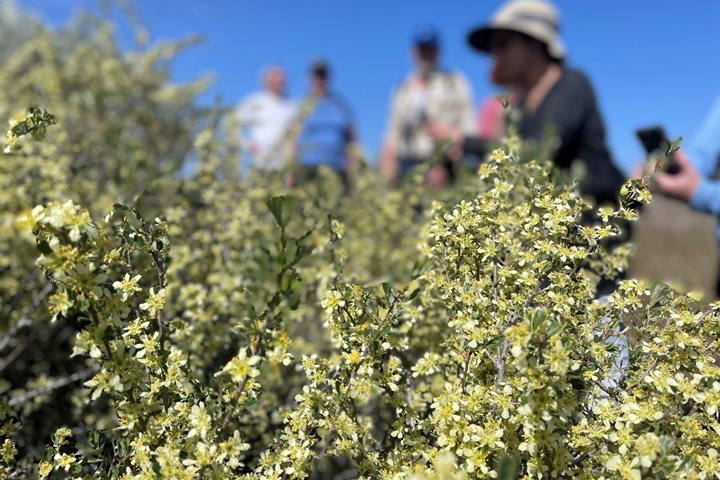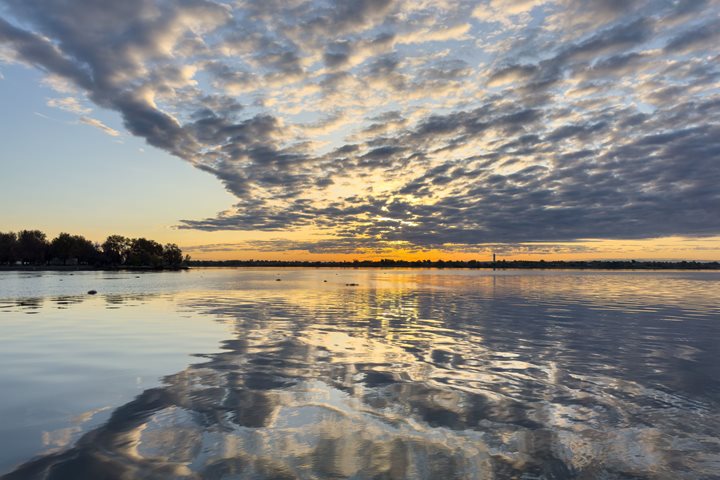Fall was revealed—brown leaves on the maple trees and brisk air—as we embarked on the day’s first excursion. In the early a.m., after moving east through basalt wonders of the Columbia Gorge, National Geographic Sea Bird entered Bonneville Lock. Staff was on deck, describing the imminent 60-foot rise in the lock. Once launched upstream we passed dozens of wooden fishing platforms reserved for local Native Americans by an 1855 treaty. Bonneville Dam, a towering monument in the midst of the Cascade Mountains, was the first U.S. Army Corps of Engineers cement passage on the Columbia River (1938).
Sailing under the Bridge of the Gods (an Indian legend described by the historian), we entered the town of Cascade Locks. Established in 1874 by an Act of Congress, this little community lingered in previous years as a jumping off point for steamboats serving downstream and upstream communities, and for anxious gold miners seeking riches in the mountains of Eastern Oregon and the Idaho Panhandle.
Motor coaches took guests from Cascade Locks to Multnomah Falls, our nation’s second-highest continuously flowing cataract (628 feet). Besides guest hikes to the Simon Benson Bridge fronting the Falls, a photo tour was undertaken and guests sampled local fudge and Oregon’s famous Marionberry jam. Our return to the boat via motor coach provided an opportunity for staff to describe the ancient landslide in this region (600 years before). Guests also heard about other waterfalls—seven in the region—the Ice Age floods, and the early 1900s construction of the first highway along Oregon’s river shore.
The name “Multnomah” dominated our visit. Although the original Multnomah Indians once thrived in the region (and did business with Lewis & Clark in 1805-1806) they have virtually disappeared after a mid-1800s small pox epidemic. Their history is rich as harvesters of the wild potato called wappato, which became a staple in the Corps of Discovery diet.
Afternoon excursions began at Hood River, Oregon, the next port-of-call. Those adventures included visits to a Hood River Valley fruit stand, a local hilltop winery, the charming town of Hood River itself, and the Western Aeroplane and Automobile Museum (WAAAM).








